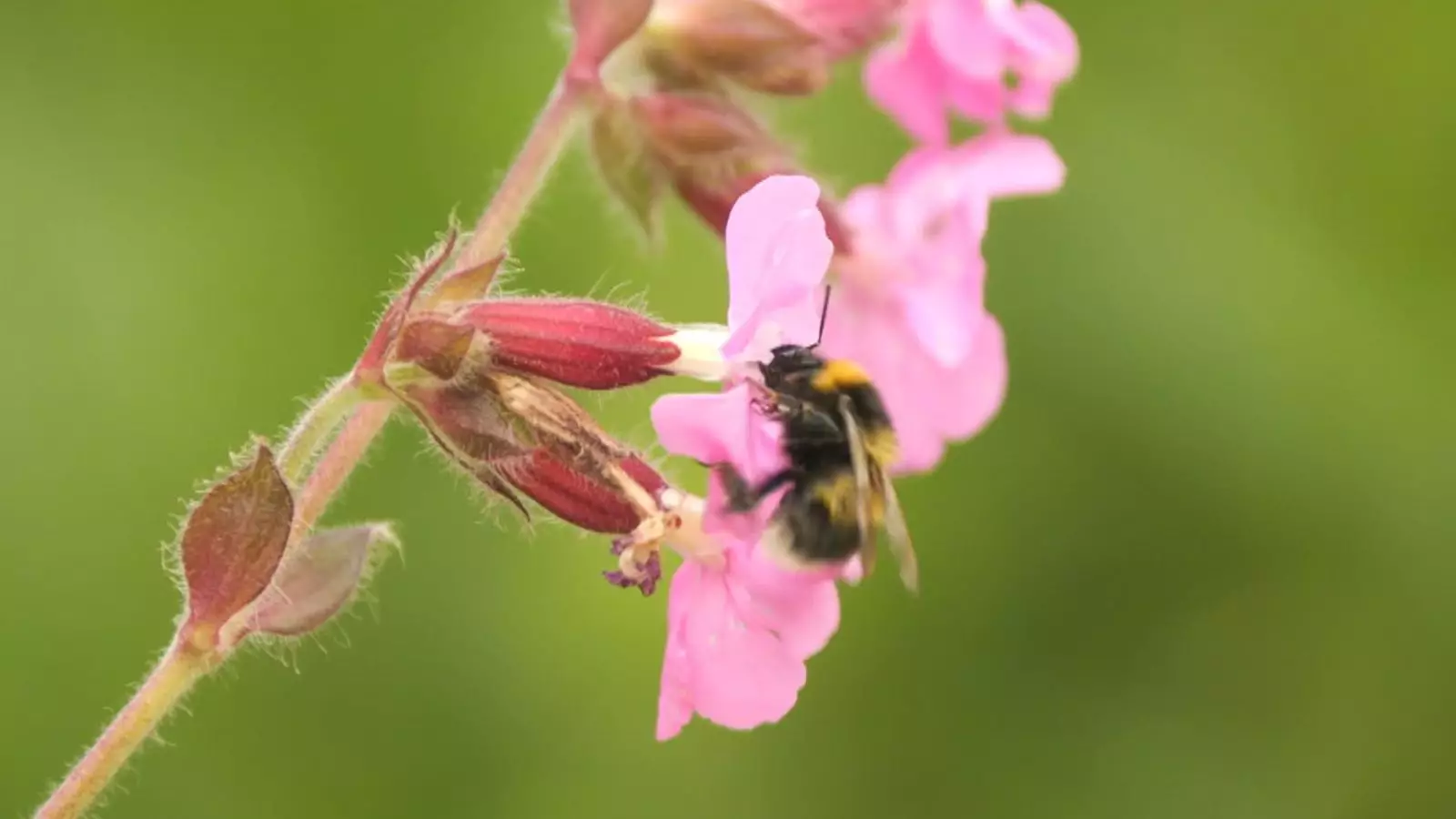The alarming decline of bee populations around the globe stands as a stark reminder of our ecological recklessness. Scientists from Kew Gardens are now trying to unravel the reasons behind this phenomenon, but the message is clear: the time for action is long overdue. With bees playing a crucial role in pollinating nearly 90% of flowering plants, their dwindling numbers signal an impending ecological disaster. If society chooses to remain stagnant while this crisis unfolds, we are not just risking the health of bee populations; we are fundamentally jeopardizing our food security and the diversity of life on Earth.
The multifaceted causes behind this rapid decline are well-documented: habitat destruction, climate change, and pesticide use. However, the lack of comprehensive global research into these issues reveals a troubling gap in understanding. Countries that are supposed to be at the forefront of environmental stewardship often turn a blind eye, adopting piecemeal strategies that lack the holistic approach necessary for tangible solutions. As citizens of the world, we must ask ourselves: is ignorance truly bliss in this context, or are we simply setting ourselves up for greater misfortune?
Innovation in the Face of Crisis
Enter the researchers at Wakehurst, Kew’s “Wild Botanic Garden.” They are employing cutting-edge bio-acoustic sensors to pinpoint which trees attract bees, shedding light on potential urban plantings that could help restore their populations. This is not merely a scientific endeavor but a desperate attempt to sow the seeds of hope in a landscape poisoned by a history of neglect. As they collect data on the buzzing of bees and their interactions with various tree species, we should be reminded that innovation can emerge from despair.
Dr. Janine Griffiths-Lee, leading the research, emphasizes the urgent need to accurately gauge the decline of pollinators. The statistics are staggering: a 60% drop in flying insect populations within the last two decades in the UK alone should compel decision-makers to act. Her assertion that “crop yield instability and the loss of an essential ecosystem service” will follow this decline is ominous yet necessary to hear. As voters and consumers, we have an obligation to pressure our leaders to take these findings seriously. No more half-measures or delayed responses. Our food sources and ecological balance hang in the balance.
The Role of Urban Planning and Community Involvement
As urban planners increasingly recognize the interdependence between city landscapes and biodiversity, it is imperative to leverage studies like the one being conducted at Wakehurst. Dr. Griffiths-Lee’s insights can guide us in selecting the best trees for urban environments to boost bee populations. This isn’t just about aesthetics; it’s about creating functional green spaces that prioritize ecological health.
Too often, urban planning dismisses nature as an afterthought, but this narrow-minded approach must change. Cities can become “no-fly zones” for bees if planners do not incorporate apiculture-friendly trees. If we build our cities with an emphasis on environmental sensitivity and sustainability, we will see the ripple effect of this responsible stewardship reach far beyond just pollinator recovery.
Moreover, community involvement in planting these trees and nurturing local flora is essential. A city grafted together by community effort will not only sustain bees but also foster environmental awareness among residents. People need to know they can make a difference, that their contributions can help counterbalance the destructive trends looming over our planet.
Facing the Climate Challenge Head-On
Susan Raikes, director of Wakehurst, aptly describes the estate as a “living laboratory,” and her perspective reflects a growing urgency among custodians of nature. The intersection of biodiversity loss and climate change calls for swift, evidence-based solutions. As unpredictable weather patterns create a ticking clock for many species, understanding which plants can thrive in a changing climate is critical.
The future does not need to be a dystopian narrative where food insecurity runs rampant. By studying trees that are suited to warmer climates, we can develop strategic planting initiatives that improve habitat quality for bees, ensuring they can adapt to our shifting environmental landscape. But we cannot afford to sit complacent; action is a communal endeavor that requires commitment from individuals, activist groups, and policymakers alike.
This pivotal study at Kew Gardens is a call to arms for all of us—it dares us to imagine a world where bees buzz freely, contributing to the vibrant tapestry of life that sustains our existence. As the clock ticks on these vital pollinators, we must no longer wait with bated breath for a miracle. The answers lie in our willingness to innovate, educate, and above all, act.

Leave a Reply